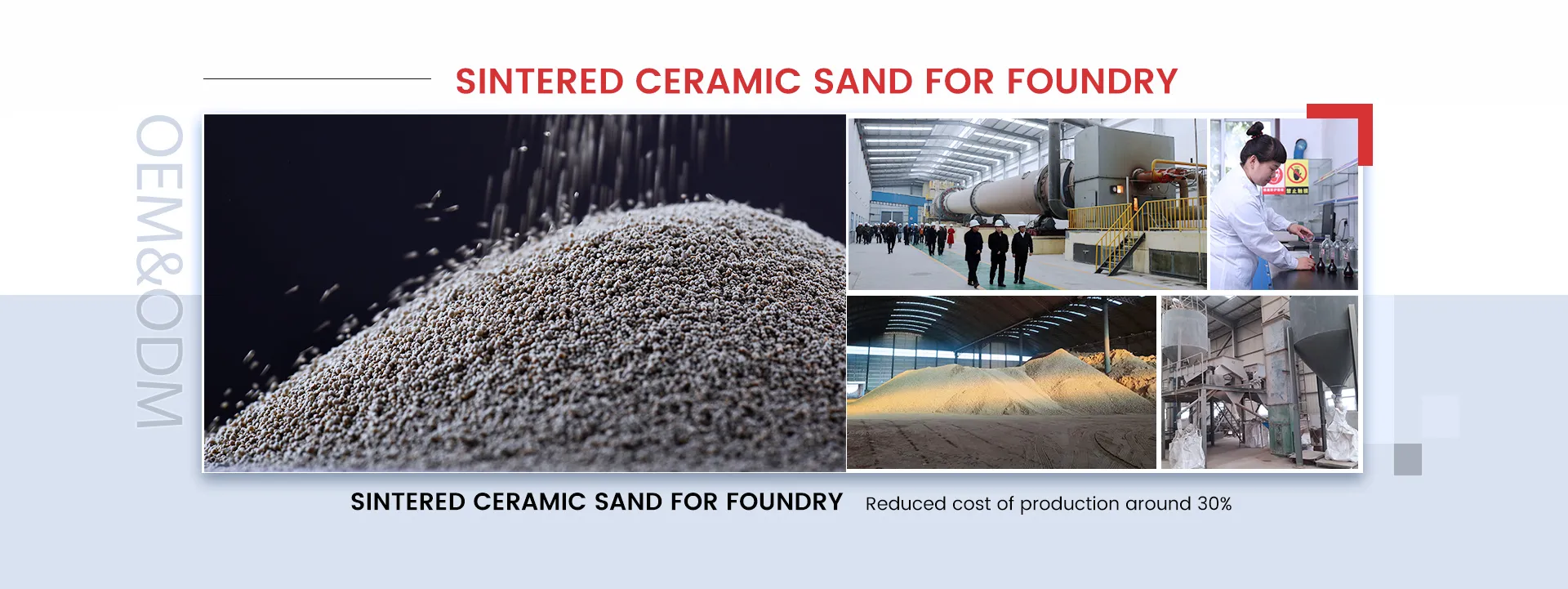The Importance of Fine Casting Sand in Metalworking
Fine casting sand plays a crucial role in the metalworking industry, serving as a fundamental material for the production of metal castings through the sand casting process. This technique has been employed for centuries, enabling manufacturers to create intricate shapes and designs with exceptional precision and quality. As technology and methods have evolved, the significance of fine casting sand has remained steadfast in ensuring the integrity of cast components.
The primary function of fine casting sand is to form a mold that can withstand high temperatures when molten metal is poured into it. The texture and granulation of the sand are essential factors that determine the quality of the mold. Fine casting sand, characterized by its small particle size and smooth consistency, provides an excellent surface finish on the castings. This fine grain structure allows the sand to fill intricate details, resulting in components that adhere closely to the desired specifications.
Moreover, fine casting sand possesses excellent thermal properties. Its ability to absorb and retain heat ensures that the cast metal remains in a workable state long enough to facilitate solidification without compromising the integrity of the mold. When selecting fine casting sand, industries typically look for sands that can withstand thermal shock and provide consistent thermal conductivity. These attributes are imperative for achieving the desired mechanical properties of the finished product.
fine casting sand

The composition of fine casting sand can vary, but it is predominantly made of silica due to its desirable properties. Silica sands can be treated with additives to enhance their performance further. For instance, clay is often mixed with silica to improve the binding properties of the sand. This mixture fosters a stronger mold and minimizes the likelihood of defects in the final casting, such as shrinkage or warping. The combination of silica and clay helps maintain the structural integrity of molds while also allowing them to be reused multiple times, thus contributing to cost-efficiency in the manufacturing process.
In recent years, advancements in materials science have led to the development of synthetic fine casting sands. These modern alternatives can provide even greater strength and durability compared to traditional natural sands. Synthetic sands also offer improved control over particle size and shape, which translates to better mold performance and finished product quality. Manufacturers are increasingly adopting these innovative materials to enhance productivity and reduce defects in metal casting operations.
In conclusion, fine casting sand remains an indispensable component of the metalworking industry. Its properties not only facilitate the creation of high-quality metal castings but also contribute to the efficiency and sustainability of the manufacturing process. As industries strive for higher levels of precision and quality in their products, the evolution of fine casting sands continues to play a pivotal role in shaping the future of metal casting. Emphasizing the importance of selecting the right type of fine casting sand is essential for manufacturers looking to achieve optimal results in their casting endeavors.
Post time:መስከ . 12, 2024 06:07
Next:The Cast of the Sand
